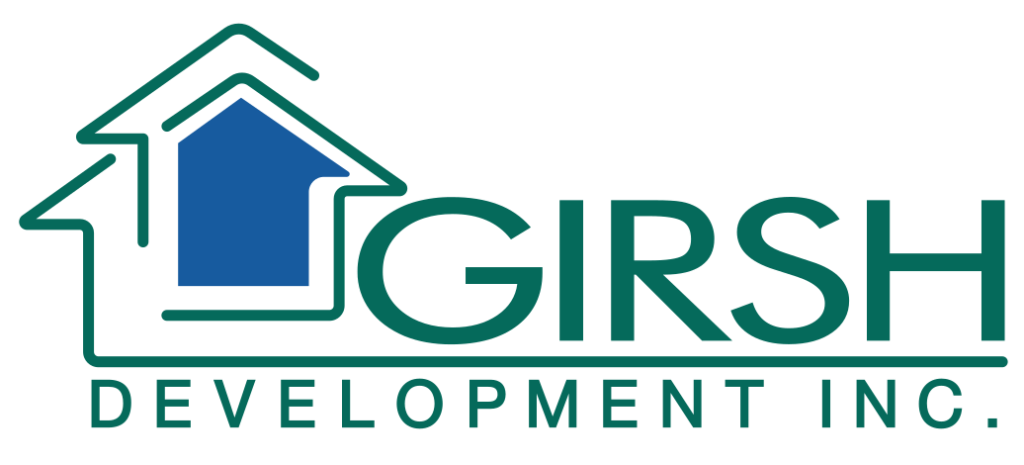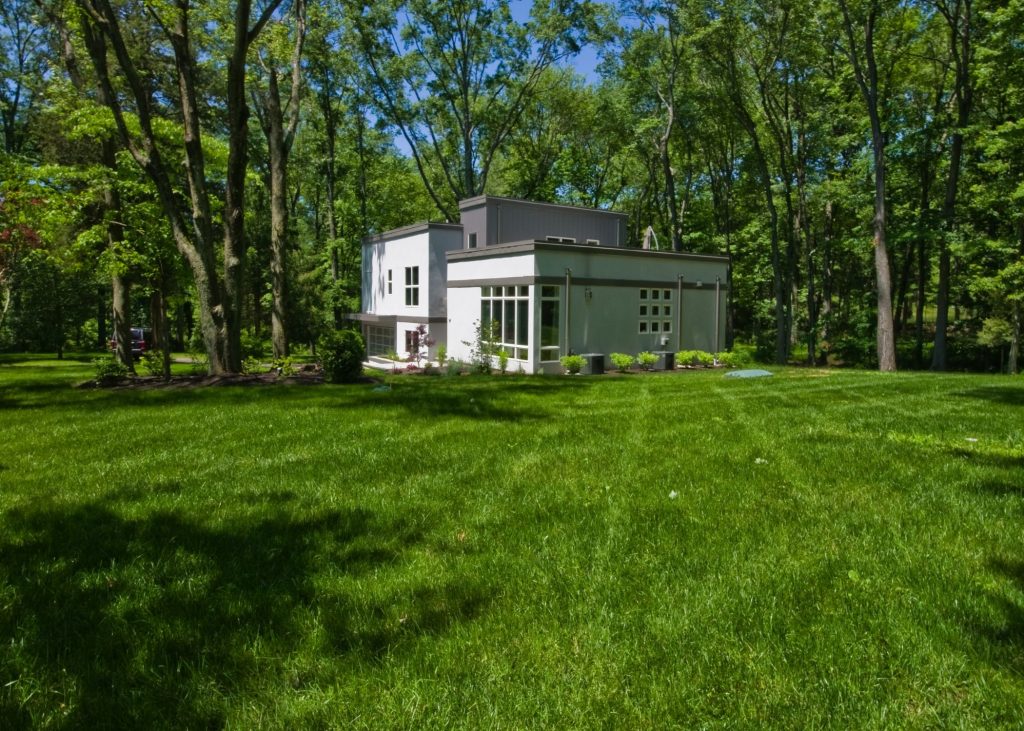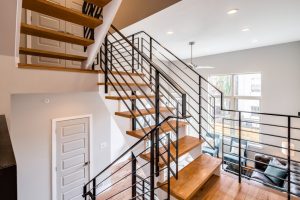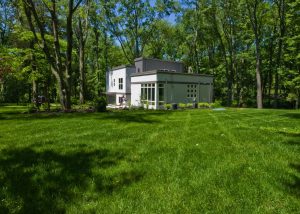If you’re dreaming of building your own custom home, one of the most important decisions you’ll make is choosing the right lot. It’s more than just finding a piece of land—it’s about laying the foundation for your future. I know it can feel overwhelming, so I wanted to share a few tips to help make that choice a little easier.
1. Location, Location, Location
You’ve probably heard it a million times, but it really is the most important factor. Think about how close the lot is to schools, work, grocery stores, and other places you visit regularly. Also, consider how the neighborhood feels—does it match your lifestyle? Whether you’re looking for quiet country living or a spot in a bustling community, location will impact your daily life and your home’s long-term value. Pro Tip: Spend some time in the area at different times of the day and week. You’d be surprised how different a neighborhood can feel on a Sunday morning compared to a Friday evening.
2. Check Zoning and Restrictions
Before you get too attached to that perfect piece of land, make sure you know what you’re allowed to do with it. Some areas have strict zoning laws or HOA regulations that could limit your plans. The last thing you want is to fall in love with a lot only to find out you can’t build your dream home on it. If you’re not sure where to start, give me a call. We’ll go through the zoning requirements together and make sure everything checks out.
3. Think About Topography
The shape and slope of the lot can impact everything from the design of your home to your budget. A flat lot is easier (and cheaper) to build on, but a sloped lot can offer incredible views and creative architectural opportunities. Just keep in mind that steep slopes might need more excavation or retaining walls, which can add to the cost. Pro Tip: Take note of how water drains on the property after a heavy rain. You don’t want to deal with flooding or erosion issues down the line.
4. Utilities and Access
Imagine moving in only to realize you don’t have reliable access to water, electricity, or the internet. Always check whether utilities are available and easily accessible. If you’re looking at a more rural property, you might need to budget for well drilling, septic systems, or extended utility lines. Also, consider road access. Is it a public road that’s maintained year-round? Private roads might mean extra maintenance responsibilities or costs.
5. Know Your Budget
I know this part can feel a bit daunting, but having a clear budget will keep you from getting in over your head. Remember, the cost of the lot is just one part of the equation. You’ll also need to factor in site preparation, permits, utility hookups, and landscaping. At Girsh Development, we’re big on transparency and will help you calculate all these costs upfront. We want you to have a clear picture before making any commitments.
6. Get a Soil Test
One thing people often overlook is the soil quality. A soil test will tell you if the ground can support your foundation and whether it needs extra prep work. It’s worth the small investment to avoid expensive surprises later on.
7. Consider Future Development
When choosing a lot, think about the future growth of the area. Are there planned developments that might affect your privacy or the value of your home? While it can be exciting to see new amenities popping up, too much development might impact the charm and quiet you’re looking for. Check with local planning offices to see if there are proposals for new roads, shopping centers, or housing developments nearby. Knowing what’s coming down the line can help you make an informed decision and avoid surprises later on.
8. Pay Attention to Sunlight and Views
Sunlight can make a huge difference in how your home feels. Imagine sipping your morning coffee while the sun streams into your kitchen or enjoying a beautiful sunset from your deck. When visiting a potential lot, notice how the sun moves across the property throughout the day. Also, think about the views you’ll have from your windows. Whether it’s a lush forest, rolling hills, or a peaceful backyard, having a great view can make your home feel even more special.
9. Noise Levels and Surroundings
It’s easy to fall in love with a lot on a quiet afternoon, but what about during rush hour or on the weekend? Spend time at the property at different times of the day and week to get a feel for the noise levels. You don’t want to discover later that your peaceful lot is right next to a noisy highway or train track. Take note of any nearby businesses, parks, or public spaces that could influence the noise or foot traffic around your home. If you’re unsure, ask neighbors about what to expect—they usually know the area best.
10. Work with an Experienced Builder
Finally, working with a builder who knows the area can make all the difference. At Girsh Development, we’ve been helping families find the perfect lots and build beautiful custom homes for decades. We understand the ins and outs of local zoning, terrain challenges, and everything in between. We’re here to guide you from the initial lot search to the final walk-through, making sure your new home fits your vision and your lifestyle. If you’re ready to take the first step or just need some advice, don’t hesitate to reach out. Let’s find that perfect spot and start building your dream together!
Contact an Experienced Custom Home Builder in New Jersey and Eastern Pennsylvania.
Choosing the right lot is a big deal, but it doesn’t have to be stressful. Take your time, do your homework, and don’t hesitate to lean on experts for advice. At Girsh Development, we’ve helped countless clients find the perfect spot to build their dream homes. If you’re feeling stuck or just need a second opinion, reach out—I’d love to help.
Building a custom home is an incredible journey, and it all starts with finding the right lot. Let’s make it happen—together!




